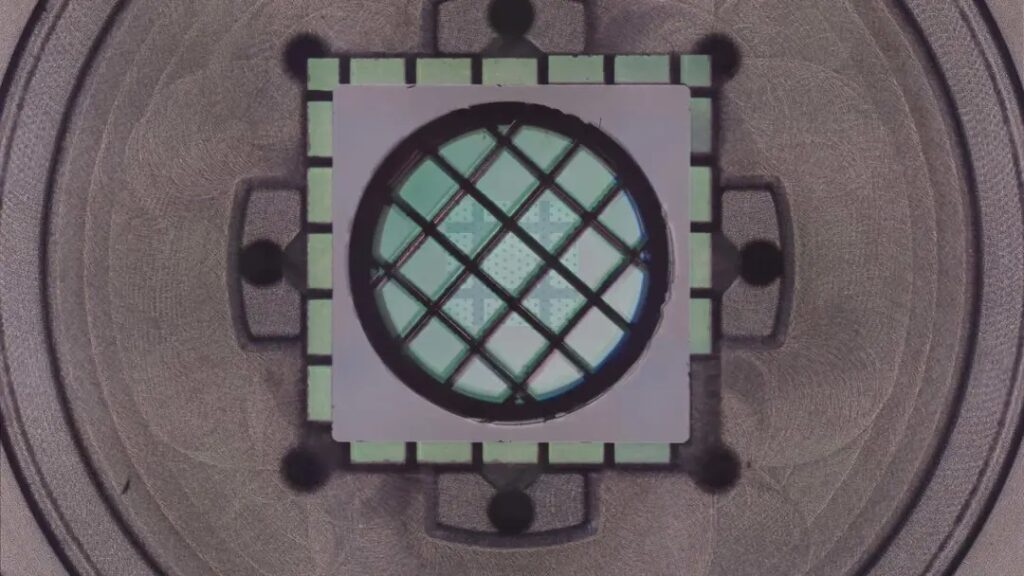At room temperature, we’ve seen mechanical motion caused by the quantum backaction of light, but mostly in experiments where light controls the stiffness of the oscillator. However, observing these effects has been challenging in solid-state mechanical resonators where the material’s rigidity controls the oscillations. This is because of issues like low mechanical quality factors, optical cavity frequency fluctuations, thermal intermodulation noise, and instability caused by light heating.
Researchers at EPFL– including Nils Johan Engelsen, currently active at Quantum Technology at Chalmers University of Technology- overcome these challenges. They achieved a milestone by controlling quantum phenomena at room temperature.
Through this work, researchers have redefined the boundaries of what’s possible. The groundbreaking research combines quantum physics and mechanical engineering to control quantum effects at normal room temperature.
Tobias J. Kippenberg, full professor of physics at EPFL said, “Our work is an exciting milestone for the field of optomechanics, given the efforts the field has devoted to reaching quantum regime at room temperature.”
Researchers created an ultra-low noise optomechanical system. In this setup, light and mechanical motion interconnects. This allowed researchers to study and manipulate how light influences moving objects with high precision.
Thermal noise is the main room temperature problem, disrupting delicate quantum dynamics. To reduce that, researchers used cavity mirrors, which are specialized mirrors that bounce light back and forth inside a confined space – the cavity – effectively “trapping” it and enhancing its interaction with the mechanical elements in the system. The mirrors are patterned with crystal-like periodic, so-called “phononic” structures to reduce the thermal noise.

Another essential element was a 4mm drum-shaped device known as a mechanical oscillator, which interacts with light within the cavity. Its larger size and specific design are critical for shielding it from environmental disturbances, enabling the detection of subtle quantum effects at room temperature.
The drum used in this experiment creates mechanical oscillators well-isolated from the environment.
Guanhao Huang, one of the two PhD students leading the project, said, “The techniques we used to deal with notorious and complex noise sources are of high relevance and impact to the broader community of precision sensing and measurement.”
Thanks to this system, researchers were able to achieve “optical squeezing,” a quantum phenomenon where specific properties of light, like its intensity or phase, are manipulated to reduce the fluctuations in one variable at the expense of increasing changes in the other, as dictated by Heisenberg’s principle.
By showcasing optical squeezing at room temperature in their setup, the researchers proved they could successfully manipulate and observe quantum effects in a large-scale system without requiring frigid temperatures.
This breakthrough suggests that operating the system at room temperature will make quantum optomechanical systems more accessible. These systems serve as important platforms for testing quantum measurements and principles on a larger scale.
Alberto Beccari, the other PhD student leading the study, said, “The system we developed might facilitate new hybrid quantum systems where the mechanical drum strongly interacts with different objects, such as trapped clouds of atoms. These systems are useful for quantum information, and help us understand how to create large, complex quantum states.”
Journal Reference:
- Huang, G., Beccari, A., Engelsen, N.J. et al. Room-temperature quantum optomechanics using an ultralow noise cavity. Nature 626, 512–516 (2024). DOI: 10.1038/s41586-023-06997-3
